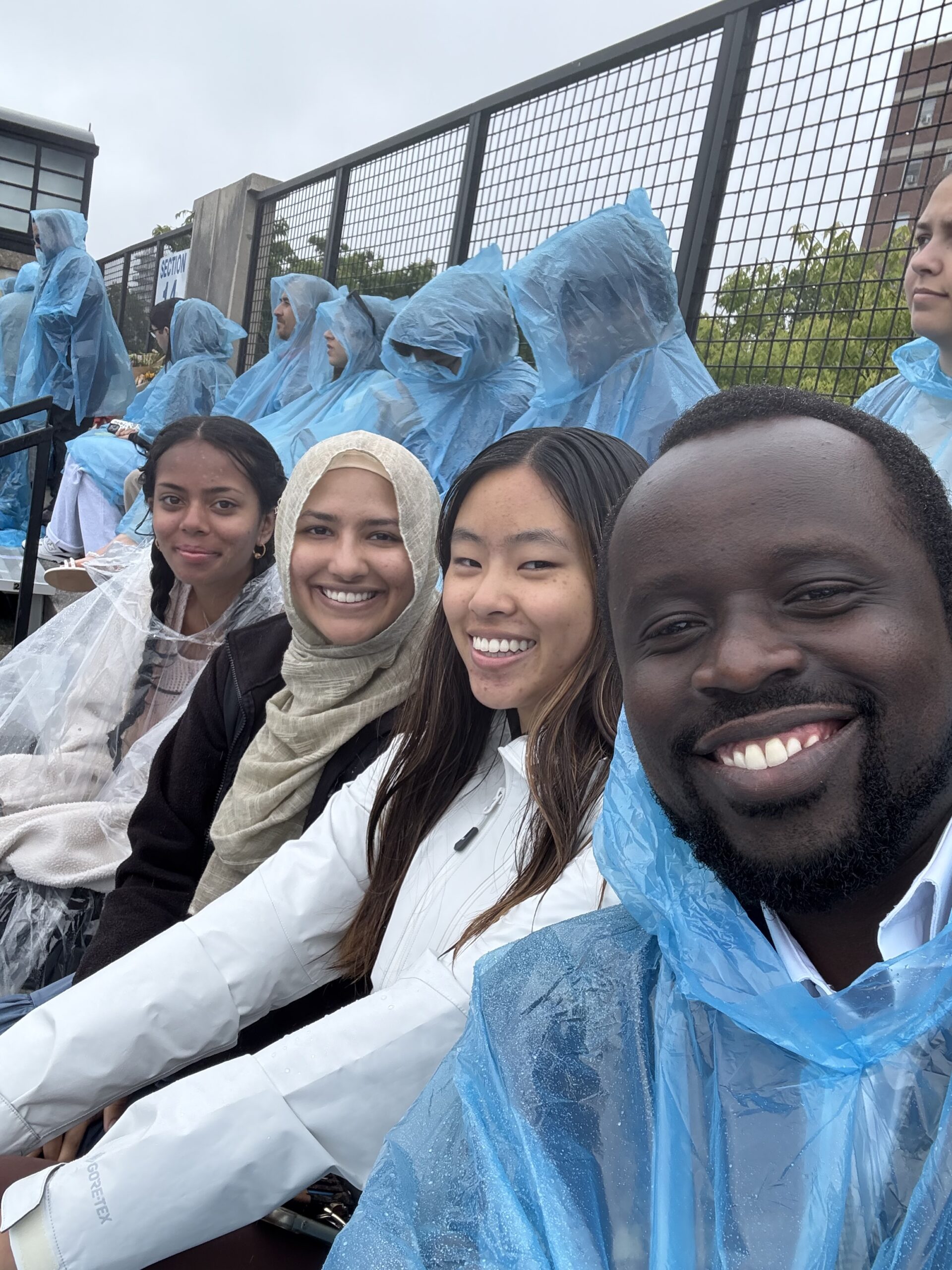
As someone who came from a trade high school that focused more on occupational skills than academics, I had to adjust to the rigor of Hopkins. The hardest part for me wasn’t studying but finding out how to even get started studying.
I spent too much time utilizing one study method because it was so highly recommended; I didn’t realize I needed a change until a few tests and quizzes too late. Less recommended methods like studying in your room and more tried-and-true methods like the Pomodoro method (which I will touch upon more) either didn’t work for me at all or weren’t effective as is.
Over the semesters, I ran through a bunch of study methods to find the one that works for me before my second year. I won’t list a bunch of study methods; instead, I hope to provide some useful tips to help you sift through different ways of studying to find what fits you best.
1. Don’t be afraid to modify pre-existing methods
Going back to my subtle foreshadowing earlier, when I first tried the Pomodoro method, I found that the pre-programmed 25-minute working period, 5-minute break incrementation was too short for me. As soon as the 25-minute timer was up, I would work through my 5-minute break because I still had energy left in me. By the time I was ready for a break, the new working period started back up, leaving my schedule all over the place. When I tried to follow the method religiously by completely dropping any work once my 5-minute break started, I felt demotivated a lot sooner than before.
After some brief brainstorming and looking over what wasn’t working, I altered the method. While it seems obvious, it didn’t really occur to me until later. A lot of popular methods attribute their effectiveness to the structure already provided to the user, in this case, the alternating 25 minutes of work and 5-minute break periods. It felt wrong to “break” the format in any way as I was afraid of breaking its effectiveness. But if it isn’t working for you as it is, there really isn’t anything to break.
I upped the working time interval to 30 minutes, and the short (and long) break times by a proportional amount. Just that 5-minute change helped me see why this method is so popular in the first place. I was able to “spot-treat” a specific area in which the method was previously failing me: not giving me enough time to work. But it wasn’t an end, all be all—there were times when I was working on something more time-consuming than I expected, and if I took those longer breaks, I’d end up finishing my work later than I wanted. I had to get comfortable with not following methods word-for-word, and to “break” the figurative contract I had with them. When the time called for it, I skipped breaks so I could work longer and avoid finishing all my work too late. When that wasn’t necessary, I had a modified method that worked a lot better for me than the original. Don’t be afraid to change the method—the method itself is just a suggestion. If it works as-is, great! If not, it’s ok to make some revisions.
2. If it feels wrong, it probably is
This one is self-explanatory, but I needed to realize it myself before implementing it into my studying journey. There were plenty of times while following a particular study method when I didn’t feel like it was helping me absorb the material. This feeling persisted for weeks and then months. It wasn’t until I was sitting in front of that test or quiz thinking, “How did I study for [about] a month and still have no idea what to do?” that it hit me: the method I was using wasn’t working for me. I don’t think I can explain why I stuck with those methods for so long; maybe I was hoping to rewire my brain to adjust to the type of studying those methods were asking of me? But I’ll be the first to admit it’s a lot easier to just change how you approach your studying than to change how your brain wants to study.
3. Avoid the boring silence
Listening to music while studying can help people focus and fill that dead air, which may start to get to you depending on how long you’ve been studying. Something I didn’t realize is that genre (and whether you’re even listening to music or not) was imperative to how well various study methods worked for me. My music taste is across the board, from metal to pop, but some genres are better for other scenarios than the other. When I listened to pop music, I was too busy singing along to properly read my notes. With metal, I was so focused on the instrumentals I had to rewatch the same videos over and over again. All the above were complete time-eaters, making a study session longer than it should’ve been. After trial and error, I found that jazz music was the best for me to tune in to so I could properly put my nose in the books. The soothing vocals and instruments helped me focus solely on my studies, while also giving me something pleasant to listen to.
But sometimes, music didn’t help. That’s when I turned to videos and podcasts. I found that long-form videos about subjects I have interest in (and aren’t visually dominate) and podcasts helped fill a small gap that music was never able to. These types of media allowed me to completely zone out outside factors and zone into my work. Think about those moments you are in class but working on something for a different class. That same type of focus you get while working on another class’ assignments while in a different class is the closest feeling I can relate to the focus I get when listening to videos and podcasts. I found them to be an incredibly useful tool when my study method wasn’t quite working—not because the method was flawed, but because of how I was feeling at the time.
While I am by no means a study guru, I struggled a lot with an overlooked part of college adjustment— learning how to learn how to study. Without first finding a method that truly works for you, the next step of learning how to study using said method can be incredibly frustrating. It’s a struggle I know all too well. So, if you’re stuck, don’t just push harder—pivot. The way you study should work for you, not the other way around.





